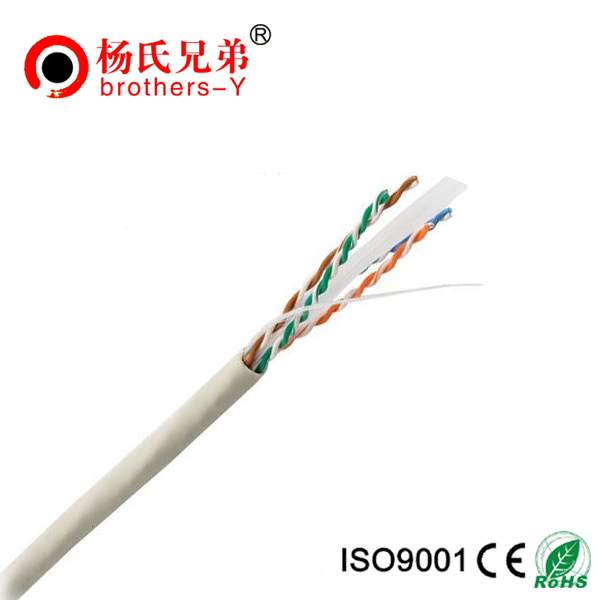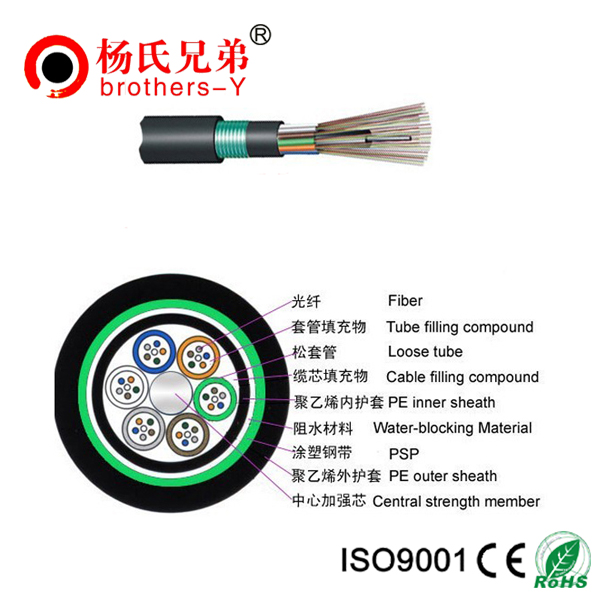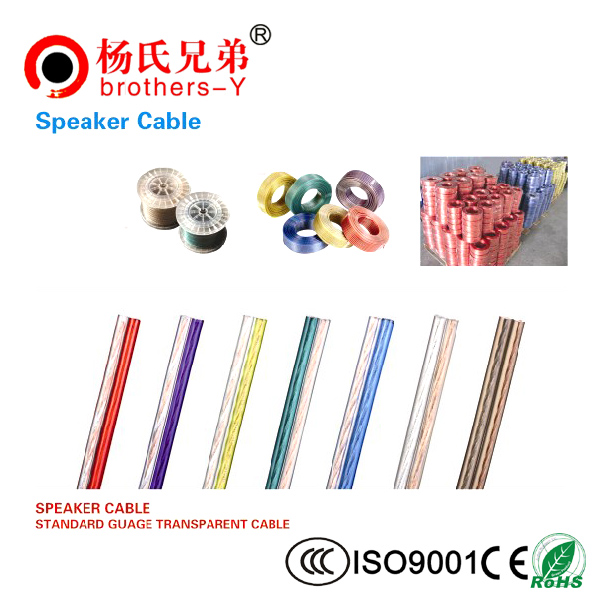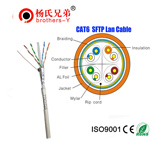What Is The Difference Between Cat 5, Cat 5e, and Cat 6 Cable
What Is The Difference Between Cat 5, Cat 5e, and Cat 6 Cable?
If you’re researching the different types of twisted-pair copper cable used to transmit data in network and home theater applications, then it’s likely that you will repeatedly come across the terms Category 5 (CAT5), and CAT6. Organizations such as the Telecommunication Industry Association (TIA) and Electronic Industries Association (EIA) set specific product standards, and these guidelines have resulted in cables being classified into various categories based on their performance levels. Just in case you’re not too familiar with cabling terminology, we at CableOrganizer.com would like to provide you with a few straightforward definitions and statistics on these three common grades of network cable, to help you better choose the right one to fit your needs.

· CAT5: Out of the three types of cable we’ll be discussing, Category 5 is the most basic. Cat 5 cable is available in two varieties: Unshielded Twisted Pair (UTP), the type widely used in the
· CAT5e: Cat 5e (which stands for Category 5, enhanced) cable goes along the same lines as basic Cat 5, except that it fulfills higher standards of data transmission. While Cat 5 is common in existing cabling systems, CAT5 has almost entirely replaced it in new installations. Cat 5e can handle data transfer at 1000 Mbps, is suitable for Gigabit Ethernet, and experiences much lower levels of near-end crosstalk (NEXT) than Cat 5.
All comparisons considered, it should be mentioned that if you’re creating a new network or upgrading an existing one, it’s recommended that you opt for either Cat5e or Cat6, because while Cat5 is still available, it’s falling further and further behind ever-advancing cabling performance standards (however, if you’re looking to simply add a few extra connections to an existing Cat5 network that won’t see a cabling overhaul anytime soon, it’s completely acceptable to keep using Cat5).
Left with the decision between Cat5e and Cat6, a few additional things to consider are whether you’re dealing with at-home data connectivity or a commercial network, your budget, and how likely you are to take on a system-wide upgrade in the future. If you’re simply looking to expand an existing Cat5e network at home or in a small business, and are unlikely to take apart that infrastructure and replace it with a higher category of cable in the future, sticking with Cat5e can be a simple and affordable choice. However, if you’re building an enterprise network from the ground up, or are planning to upgrade existing Cat5e cable to Cat6 in the foreseeable future, it’s often wise to simply make the investment in Cat6, as it’s backward-compatible with earlier standards, yet far better equipped to deliver the speeds and performance you’ll require both now and in the future.
Information about
- Analysis of the Underground Transmission and Distribution Cables Market
- Key Elements for Cable Installation Success
- More details & technology between network cable
- Difference between CAT 5e patch cable and CAT 5e. crossover cable
- RJ45 Colors and Wiring Guide Diagram TIA/EIA 568A/568B
- Twisted-Pair Cable
- CAT 6A shielded systems are becoming the ideal choice for ... 10GBASE-T over copper cabling.
- Analysis of the North American Wire and Cable Materials Market
- How to install additional phone lines?
New Products
Top articles
- Are there any advantages to using Cat 6 cable for computer networking?
- Are there any problems with using patch cables that are less than a foot long? If so, what are they?
- Letter of Invitation for CTICC
- What are some common uses for Cat5e ethernet cable?
- 10 Gigabit Ethernet interconnect solutions: Investigate carefully before choosing
- Mixing CAT 6A shielded cable with CAT 6 UTP or CAT 5e UTP cables isn’t an issue.
- What cable do I use to connect a PC to a DSL or Cable modem?
- Analysis of the Underground Transmission and Distribution Cables Market
- Is there any benefit to using CAT 5e solid conductor cable?
- Mixing CAT 6A shielded cable with CAT 6 UTP or CAT 5e UTP cables isn’t an issue
Latest articles
- 2014 CeBIT Australia
- 2014 CeBIT Germany
- 2014 International CES
- Vietnam Telecomp 2013
- ROHS Certificate For Lan Cable
- CE Certificate For Power Cable
- ROHS Certificate For Power Cable
- UL Certificate For Communication Cable
- Are there any advantages to using Cat 6 cable for computer networking?
- Are there any problems with using patch cables that are less than a foot long? If so, what are they?














